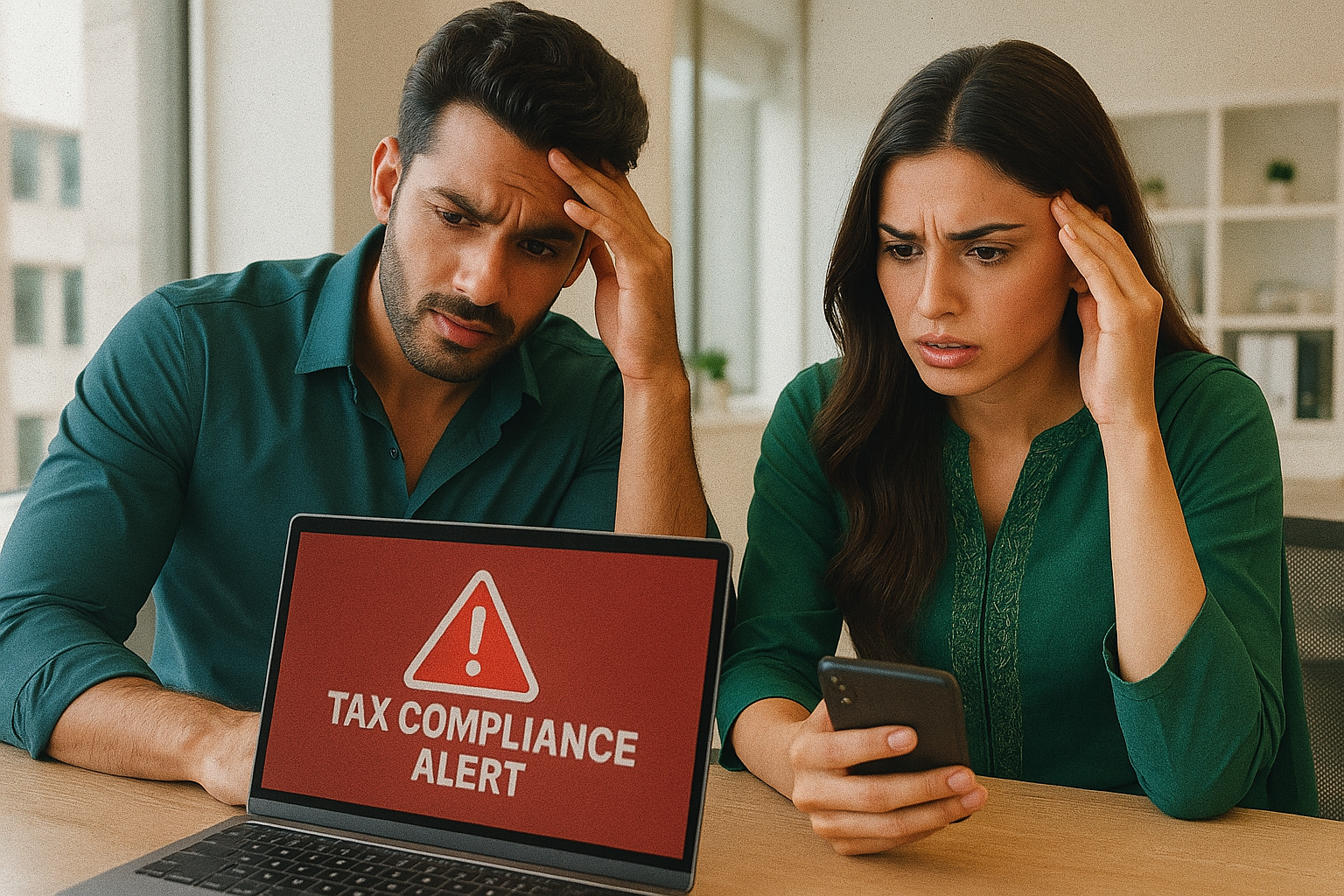Section 7E of the Income Tax Ordinance 2001 specifies that deemed income from immovable property will be subject to taxation.
The section 7E (Tax on deemed income) was added through Finance Act of 2022,to the Income Tax Ordinance 2001 and will be in effect beginning with the tax year 2022.
For Latest acts, ordinance and tax rates
What is Deemed income from Immovable Property?
Deemed income from immovable property refers to the amount of rental income that is assumed to have been earned by an individual or a business from a property that they own, even if the property is not actually being rented out. This concept is used to calculate the tax liability of the property owner, based on the assumption that they are earning a certain amount of rental income from the property.
The deemed income from immovable property is calculated by applying a certain percentage to the value of the property. This percentage is determined by the government and may vary depending on the location and type of property. The deemed income is then added to the individual’s or business’s total income for tax purposes, and the tax liability is calculated based on the total income and the applicable tax rate.
Individuals and businesses are required to pay taxes on their deemed income from immovable property, just as they are required to pay taxes on any other form of income. If the property is actually being rented out, the owner must report the actual rental income and pay taxes on that amount, rather than the deemed income.
Sindh High Court Upholds Imposition of Deemed Income on Immovable Property from Tax Year 2022.
Despite the fact that numerous taxpayers challenged the deemed income’s imposition in higher court. However, the petitions were rejected by the Sindh High Court (SHC) in an order issued in late October 2022, and the FBR was given permission to levy and collect tax according to under section 7E of the Income Tax Ordinance 2001.
This section doesn’t apply on the following
- One Capital Assets
- Self-owned business premises
- Self-owned agricultural land
- Capital assets allotted to shaheed, war wounder persons, ex- government officials and there dependent
- Any property from which property income is chargeable
- Capital assets in the first tax year of acquisition
- Where the fair market value of capital assets in aggregate excluding assets as aforesaid does not exceed Rupees twenty-five million
- Capital assets owned local, provincial or federal authorities
– The Federal Government may include or exclude any person or property for the purpose of this section.
Tanweer Habib
We Provide the Best Service in Industry
Section 7 of Income Tax Ordinance, 2001
2 [7E. Tax on deemed income.- (1) For tax year 2022 and onwards, a tax shall be imposed at the rates specified in Division VIIIC of Part-I of the First Schedule on the income specified in this section.
(2) A resident person shall be treated to have derived, as income chargeable to tax under this section, an amount equal to five percent of the fair market value of capital assets situated in Pakistan held on the last day of tax year excluding the following, namely:–
(a) one capital asset owned by the resident person;
(b) self-owned business premises from where the business is carried out by the persons appearing on the active taxpayers’ list at any time during the year;
(c) self-owned agriculture land where agriculture activity is carried out by person excluding farmhouse and land annexed thereto;
(d) capital asset allotted to –
(i) a Shaheed or dependents of a shaheed belonging to Pakistan Armed Forces;
(ii) a person or dependents of the person who dies while in the service of Pakistan armed forces or Federal or provincial government;
(iii) a war wounded person while in service of Pakistan armed forces or Federal or provincial government; and
(iv) an ex-serviceman and serving personal of armed forces or ex-employees or serving personnel of Federal and provincial governments, being original allottees of the capital asset duly certified by the allotment authority;
(e) any property from which income is chargeable to tax under the Ordinance and tax leviable is paid thereon;
(f) capital asset in the first tax year of acquisition where tax under section 236K has been paid;
(g) where the fair market value of the capital assets in aggregate excluding the capital assets mentioned in clauses (a), (b), (c), (d), (e) and (f) does not exceed Rupees twenty-five million;
(h) capital assets owned by a provincial government or a local government; or
(i) capital assets owned by a local authority, a development authority, builders and developers for land development and construction, subject to the condition that such persons are registered with Directorate General of Designated Non[1]Financial Businesses and Professions.
(3) The Federal Government may include or exclude any person or property for the purpose of this section.
(4) In this section–
(a) “capital asset” means property of any kind held by a person, whether or not connected with a business, but does not include –
(i) any stock-in-trade, consumable stores or raw materials held for the purpose of business;
(ii) any shares, stocks or securities;
(iii) any property with respect to which the person is entitled to a depreciation deduction under section 22 or amortization deduction under section 24; or
(iv) any movable asset not mentioned in clauses (i), (ii) or (iii);
(b) “farmhouse” means a house constructed on a total minimum area of 2000 square yards with a minimum covered area of 5000 square feet used as a single dwelling unit with or without an annex:
Provided that where there are more than one dwelling units in a compound and the average area of the compound is more than 2000 square yards for a dwelling unit, each one of such dwelling units shall be treated as a separate farmhouse





